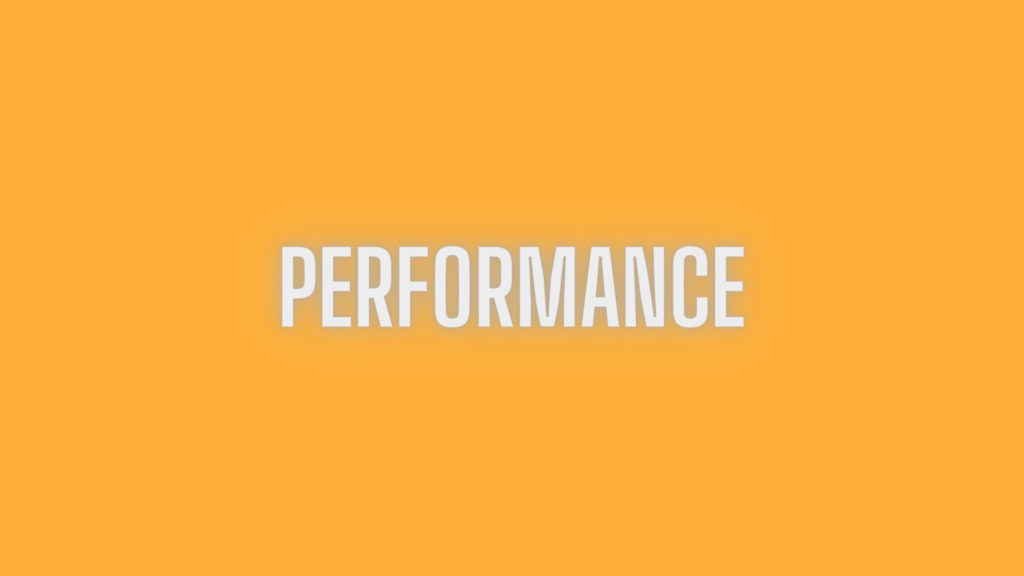
In-memory caching frameworks are an essential part of modern web application development. They allow developers to improve the performance of their applications by storing frequently accessed data in memory, reducing the need for expensive database queries. In-memory caching frameworks are used for a variety of purposes such as improving response times, reducing server load, and scaling applications.
In this article, we have discussed ten popular in-memory caching frameworks used in web application development. We have covered both commercial and open-source solutions, with a focus on their features, capabilities, and use cases. By the end of this article, you will have a good understanding of the different in-memory caching frameworks available and be able to choose the one that best suits your application’s needs.
Redis
Redis is an open-source, in-memory data structure store that is used as a database, cache, and message broker. Redis supports a wide range of data structures such as strings, hashes, lists, sets, sorted sets with range queries, bitmaps, hyperloglogs, and geospatial indexes with radius queries.
Redis is highly scalable and has a high-performance, low-latency design, making it a popular choice for caching and data processing applications. Redis also supports a variety of programming languages including Java, Python, C#, and Node.js, making it a versatile choice for developers.
Memcached
Memcached is a high-performance, distributed memory object caching system that is used to speed up dynamic web applications. Memcached stores data in RAM and serves requests from memory, which makes it faster than traditional disk-based storage systems.
Memcached is designed to be simple, fast, and scalable. It supports a variety of programming languages including C, C++, Java, Perl, Python, Ruby, and PHP. Memcached is used by many popular websites such as Facebook, Twitter, and YouTube to improve the performance of their web applications.
Hazelcast
Hazelcast is a distributed in-memory data grid that is used for scaling web applications and caching data. Hazelcast provides a distributed data structure, allowing data to be cached across multiple nodes, and supports distributed computing frameworks such as MapReduce, ExecutorService, and ForkJoinPool. Hazelcast is compatible with a wide range of programming languages including Java, C++, .NET, and Python, making it a versatile choice for developers.
Hazelcast provides advanced features such as data partitioning, data replication, distributed locking, and distributed transactions. It is commonly used for caching data, session management, and distributed computing.
Apache Ignite
Apache Ignite is an in-memory computing platform that is used for distributed computing, data processing, and caching. Apache Ignite provides a distributed key-value store, allowing data to be cached across multiple nodes, and supports distributed SQL and distributed computing frameworks such as MapReduce and Spark.
Apache Ignite is designed to be highly scalable, fault-tolerant, and low-latency. It supports a wide range of programming languages including Java, .NET, C++, and Python, and can be deployed in a variety of environments such as on-premise, cloud, and hybrid. Apache Ignite is commonly used for caching data, real-time analytics, and high-performance computing.
Couchbase
Couchbase is a NoSQL document database with built-in caching capabilities that is used for high-performance, scalable web applications. Couchbase provides an in-memory caching layer that stores frequently accessed data in RAM for faster access. Couchbase also provides advanced features such as data partitioning, data replication, and cross-datacenter replication.
Couchbase supports a wide range of programming languages including Java, .NET, Node.js, Python, and Ruby, making it a versatile choice for developers. Couchbase is commonly used for caching data, real-time analytics, and high-performance computing.
Aerospike
Aerospike is a high-performance, distributed NoSQL database with in-memory caching capabilities that is used for real-time applications. Aerospike provides a distributed key-value store that allows data to be cached across multiple nodes, and supports distributed computing frameworks such as MapReduce and Spark.
Aerospike is designed to be highly scalable, fault-tolerant, and low-latency. It supports a wide range of programming languages including Java, .NET, C++, and Python, and can be deployed in a variety of environments such as on-premise, cloud, and hybrid.
Aerospike provides advanced features such as data replication, data partitioning, and automatic data migration. It is commonly used for caching data, session management, and real-time analytics.
GridGain
GridGain is an in-memory computing platform that is used for distributed computing, data processing, and caching. GridGain provides a distributed key-value store that allows data to be cached across multiple nodes, and supports distributed computing frameworks such as MapReduce, Spark, and Storm.
GridGain is designed to be highly scalable, fault-tolerant, and low-latency. It supports a wide range of programming languages including Java, .NET, C++, and Python, and can be deployed in a variety of environments such as on-premise, cloud, and hybrid.
GridGain provides advanced features such as data replication, data partitioning, and automatic data migration. It is commonly used for caching data, real-time analytics, and high-performance computing.
Oracle Coherence
Oracle Coherence is an in-memory data grid that is used for distributed caching, data processing, and real-time analytics. Oracle Coherence provides a distributed key-value store that allows data to be cached across multiple nodes, and supports distributed computing frameworks such as MapReduce and Spark.
Oracle Coherence is designed to be highly scalable, fault-tolerant, and low-latency. It supports a wide range of programming languages including Java, .NET, and C++, and can be deployed in a variety of environments such as on-premise, cloud, and hybrid.
Oracle Coherence provides advanced features such as data partitioning, data replication, and distributed locking. It is commonly used for caching data, session management, and real-time analytics.
Ehcache
Ehcache is an open-source, Java-based, in-memory caching library that is used for caching data in Java applications. Ehcache provides a simple, lightweight caching solution that can be easily integrated into Java applications. Ehcache supports a variety of caching strategies such as time-based expiration, least recently used (LRU) eviction, and first in, first out (FIFO) eviction.
Ehcache is designed to be highly scalable and supports distributed caching through its Terracotta add-on. Ehcache also supports a variety of Java frameworks such as Hibernate, Spring, and Struts, making it a popular choice for Java developers.
Caffeine
Caffeine is an open-source, Java-based, high-performance, in-memory caching library that is used for caching data in Java applications. Caffeine provides a simple, lightweight caching solution that can be easily integrated into Java applications. Caffeine supports a variety of caching strategies such as time-based expiration, least recently used (LRU) eviction, and first in, first out (FIFO) eviction.
Caffeine is designed to be highly scalable and supports both single and multiple JVM (Java Virtual Machine) caching. Caffeine provides advanced features such as automatic cache population, asynchronous loading, and refresh-ahead caching. Caffeine is a popular choice for Java developers due to its high performance and low overhead.
In-memory caching frameworks are a critical component of modern web application development. They enable developers to improve application performance, reduce server load, and scale applications. There are many in-memory caching frameworks available, both commercial and open-source, each with its own unique features and capabilities. The choice of framework depends on the specific requirements of the application, including performance, scalability, and reliability. By understanding the different in-memory caching frameworks available, developers can make informed decisions and choose the best framework for their application’s needs.
